Home>Ideas and Tips>Attic Bedroom Conversion Tips to Transform Unused Space
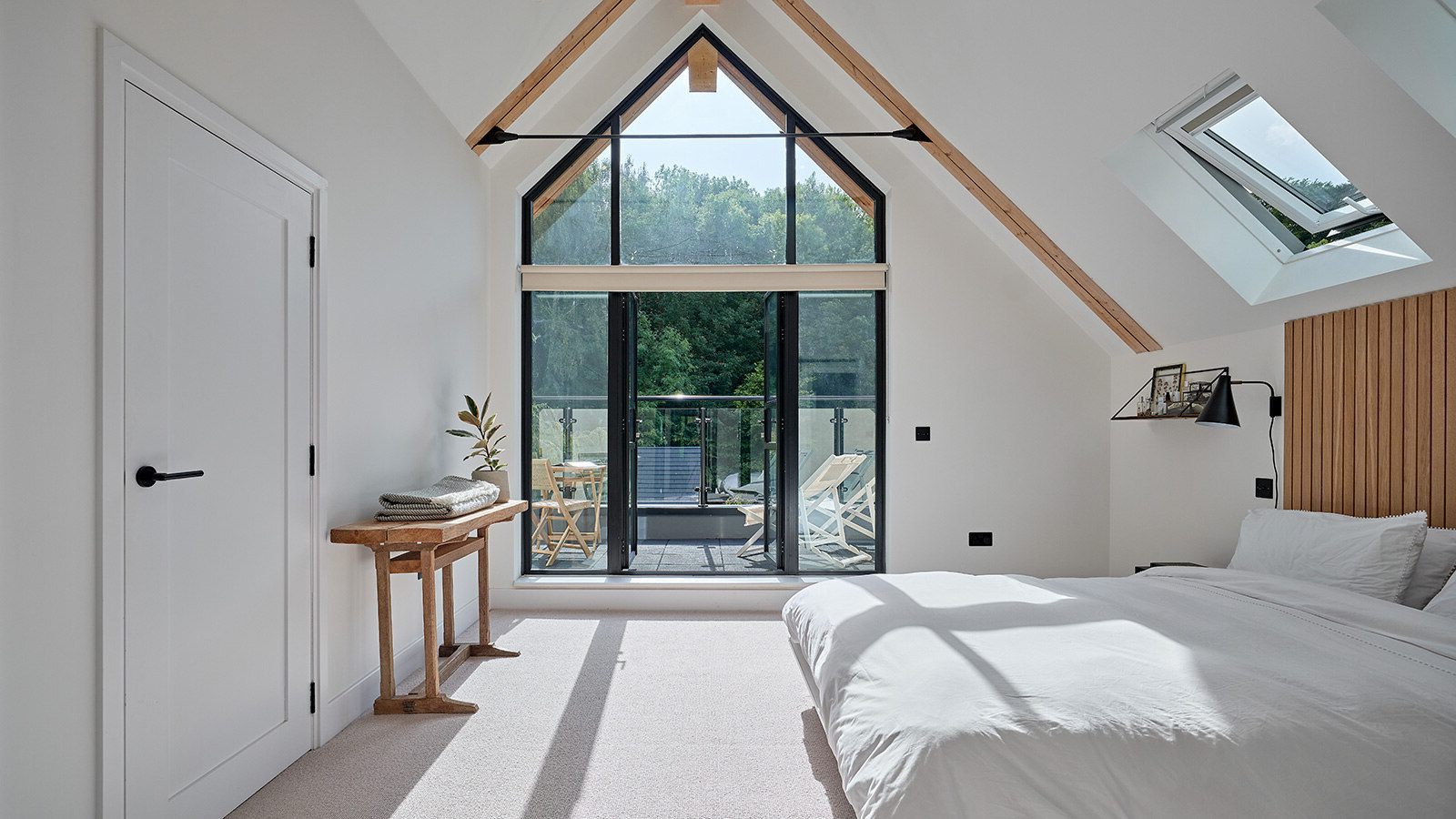

Ideas and Tips
Attic Bedroom Conversion Tips to Transform Unused Space
Modified: October 28, 2024
Transform your attic into a cozy bedroom with our expert tips. Learn how to maximize space, ensure safety, and boost your home's value.
(Many of the links in this article redirect to a specific reviewed product. Your purchase of these products through affiliate links helps to generate commission for Storables.com, at no extra cost. Learn more)
Converting an attic into a bedroom is a fantastic way to add extra living space to your home without the need for expensive expansions. This project not only increases your home's value but also provides a cozy retreat for family members or guests. However, transforming an attic into a functional bedroom requires careful planning and attention to detail. In this article, we will guide you through the essential steps and considerations for converting your attic into a comfortable and inviting bedroom.
1. Assessing Feasibility
Before embarking on any attic conversion project, it is crucial to assess whether your attic is structurally sound and suitable for renovation. Here are some key factors to consider:
Inspecting the Roof and Support Structure
- Roof Condition: The first step is to inspect the roof for any signs of wear and tear, water damage, or structural issues. Check for leaks, damaged shingles, or sagging areas in the roof. Any issues with the roof need to be addressed before converting the attic.
- Support Beams and Trusses: Examine the condition of support beams and trusses. Ensure they are in good shape and capable of bearing the additional load of a bedroom. Assess the foundation of your home as it plays a role in supporting the attic.
- Professional Assessment: Engaging a professional structural engineer or contractor is advisable at this stage. They can provide a detailed assessment and recommend necessary repairs or reinforcements to make your attic conversion safe and structurally sound.
Adequate Insulation and Ventilation
- Insulation Evaluation: Proper insulation is vital for the comfort and energy efficiency of your attic bedroom. Evaluate the existing insulation in your attic. Insufficient insulation can lead to temperature extremes, making your new bedroom uncomfortable. Upgrading insulation can help maintain a comfortable temperature year-round.
- Ventilation Check: It is also important to check for the presence of vents and ensure they are functioning correctly. Inadequate ventilation can result in mold and moisture problems.
2. Preparing the Attic Space
Once you have determined that your attic is structurally sound, it's time to prepare the space for conversion.
Decluttering and Cleaning
- Remove Clutter: Begin by decluttering your attic space. Remove any items that are no longer needed or have outlived their usefulness. This step not only frees up space but also allows you to assess the condition of the attic more accurately.
- Wear Protective Gear: Use caution when handling attic clutter, as it may contain hidden hazards. Wear appropriate protective gear and dispose of items responsibly.
Read more: Hidden Rooms Maximizing Unused Attic Space
Inspecting Attic Ceiling and Walls
- Ceiling Inspection: Inspect the attic ceiling for signs of water damage or leaks from the roof. Address any issues promptly to prevent further damage.
- Wall Finishes: Decide on the type of wall finishes you want for your attic. Options include drywall, paneling, or exposed brick, depending on your design preferences.
Flooring Installation
- Selecting Flooring Material: Choose a flooring material that suits your needs and budget. Common options include plywood, OSB (oriented strand board), or attic flooring panels designed for easy installation.
- Adding Insulation Beneath Flooring: If your attic is not heated or insulated, consider adding insulation beneath the flooring to improve energy efficiency.
3. Designing Your Attic Bedroom
Designing your attic bedroom involves several key considerations to ensure it is functional, comfortable, and aesthetically pleasing.
Lighting
- Natural Light: A well-lit attic can transform a previously dark storage area into a bright, welcoming space. Consider installing dormer windows or skylights to increase natural light.
- Artificial Lighting: In addition to natural light, ensure there are sufficient artificial lighting options such as ceiling lights, table lamps, and floor lamps to create a cozy atmosphere.
Read more: Attic Transformations: Hidden Gems Revealed
Electrical Outlets and Switches
- Installing Outlets and Switches: Include sufficient electrical outlets and switches so that your attic functions as a living space. This will ensure you have ample power for lighting, heating, and any other appliances you plan to use in the space.
Internet Connectivity
- Internet Access: Add internet connectivity options such as Wi-Fi routers or Ethernet ports to make your attic a functional workspace or home office.
Storage Solutions
- Storage Options: Consider adding storage solutions like closets, shelves, or cabinets to keep the space organized and clutter-free.
- Window Treatments: Install window treatments such as curtains or blinds to control light and maintain privacy.
Furnishings
- Furnishing Tips: Choose furnishings that are both functional and stylish. Consider repurposing items from other parts of your home or finding unique pieces at thrift stores or garage sales.
Read more: Backyard Patio Transformation
4. Budgeting and Planning
Budgeting and planning are crucial steps in any home renovation project, including attic conversions.
Establishing a Budget
- Research Costs: Research average costs in your area for attic renovations. The cost can range from $30,000 to $100,000, with most homeowners spending $40,000 to $60,000 depending on attic size, structural changes needed, and finishes.
- Contingency Planning: Create a budget that includes contingencies for unexpected issues that may arise during the project.
Hiring Experienced Contractors
- Professional Help: Enlist the help of properly licensed professionals for tasks such as electrical work, plumbing, and HVAC upgrades. Experienced contractors can help navigate local building codes and ensure the project is completed safely and efficiently.
Securing Necessary Permits
- Permit Requirements: Check with your local building department to determine if any permits are required for your attic renovation. Make sure you have all the necessary approvals before starting any work.
Read more: How To Decorate Bedroom Attic
5. Implementing Your Design Plan
Once you have planned and budgeted for your attic conversion, it's time to implement your design plan.
Framing and Drywall Installation
- Framing: Start by framing out the space according to your design plan. This will provide the structural framework for your new bedroom.
- Drywall Installation: Install drywall to create smooth walls and ceilings. Ensure that the drywall is properly secured to the framing to prevent any structural issues.
Electrical and Plumbing Work
- Electrical Rough-Ins: Perform electrical rough-ins to install wiring and outlets. This should be done by a licensed electrician to ensure safety and compliance with local codes.
- Plumbing Work: If you plan to add a bathroom or kitchenette, perform plumbing work accordingly. This may involve installing pipes, fixtures, and appliances.
Finishing Touches
- Flooring Installation: Install flooring material that suits your needs and budget. Ensure that the flooring is properly secured to the subfloor to prevent any movement or creaking.
- Painting and Decorating: Choose paint colors that complement the attic’s overall theme. Lighter colors can make the space feel more open and airy, while darker colors can add warmth and coziness.
- Adding Final Decorations: Add final decorations such as furniture, curtains, and rugs to complete the look of your new bedroom.
6. Maximizing Space Efficiency
Creating a functional attic space often involves maximizing space efficiency.
Utilizing Awkward Angles
- Creative Use of Space: Utilize awkward angles, eaves, and corners creatively to maximize usable square footage in your attic.
- Custom Storage Solutions: Consider custom storage solutions like built-in shelves or cabinets to keep the space organized and clutter-free.
Adding Storage Options
- Built-In Shelves: Add built-in shelves or cabinets to store clothing, books, or other personal items.
- Closets: Install closets or wardrobe organizers to keep clothing organized and easily accessible.
7. Ensuring Safety and Comfort
Ensuring safety and comfort is paramount when converting an attic into a bedroom.
Insulation and Ventilation
- Proper Insulation: Ensure that the attic is properly insulated to maintain a comfortable temperature year-round. This will also help reduce energy costs.
- Ventilation Check: Regularly check the ventilation system to ensure it is functioning correctly and preventing mold and moisture issues.
Heating and Cooling
- HVAC Assessment: Consider consulting an HVAC specialist to assess your attic’s heating and cooling needs. They can help you choose the right insulation and ventilation solutions to create a comfortable and energy-efficient space.
Conclusion
Converting an attic into a bedroom is a rewarding home improvement project that can add significant value to your property. By following these detailed steps and considerations, you can transform an unused attic space into a cozy and functional bedroom that meets your family's needs. Remember to assess feasibility, prepare the space, design with care, budget wisely, implement your plan, maximize space efficiency, and ensure safety and comfort. With proper planning and execution, your attic bedroom conversion can become a valuable addition to your home.
Additional Tips and Considerations
- Legal Considerations: Ensure that your attic conversion complies with local building codes and regulations. This may involve obtaining necessary permits and approvals from your local building department.
- Budget Flexibility: Be prepared for unexpected expenses that may arise during the project. Having a flexible budget can help you navigate any challenges that come up.
- Professional Help: While some aspects of the project can be DIY-friendly, it is often best to hire experienced contractors for tasks like electrical work, plumbing, and HVAC upgrades.
By following these tips and considerations, you can successfully convert your attic into a comfortable and inviting bedroom that enhances both your living space and home value.
Was this page helpful?
At Storables.com, we guarantee accurate and reliable information. Our content, validated by Expert Board Contributors, is crafted following stringent Editorial Policies. We're committed to providing you with well-researched, expert-backed insights for all your informational needs.
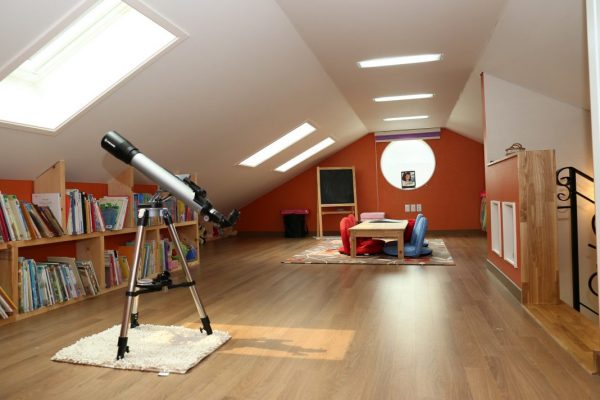
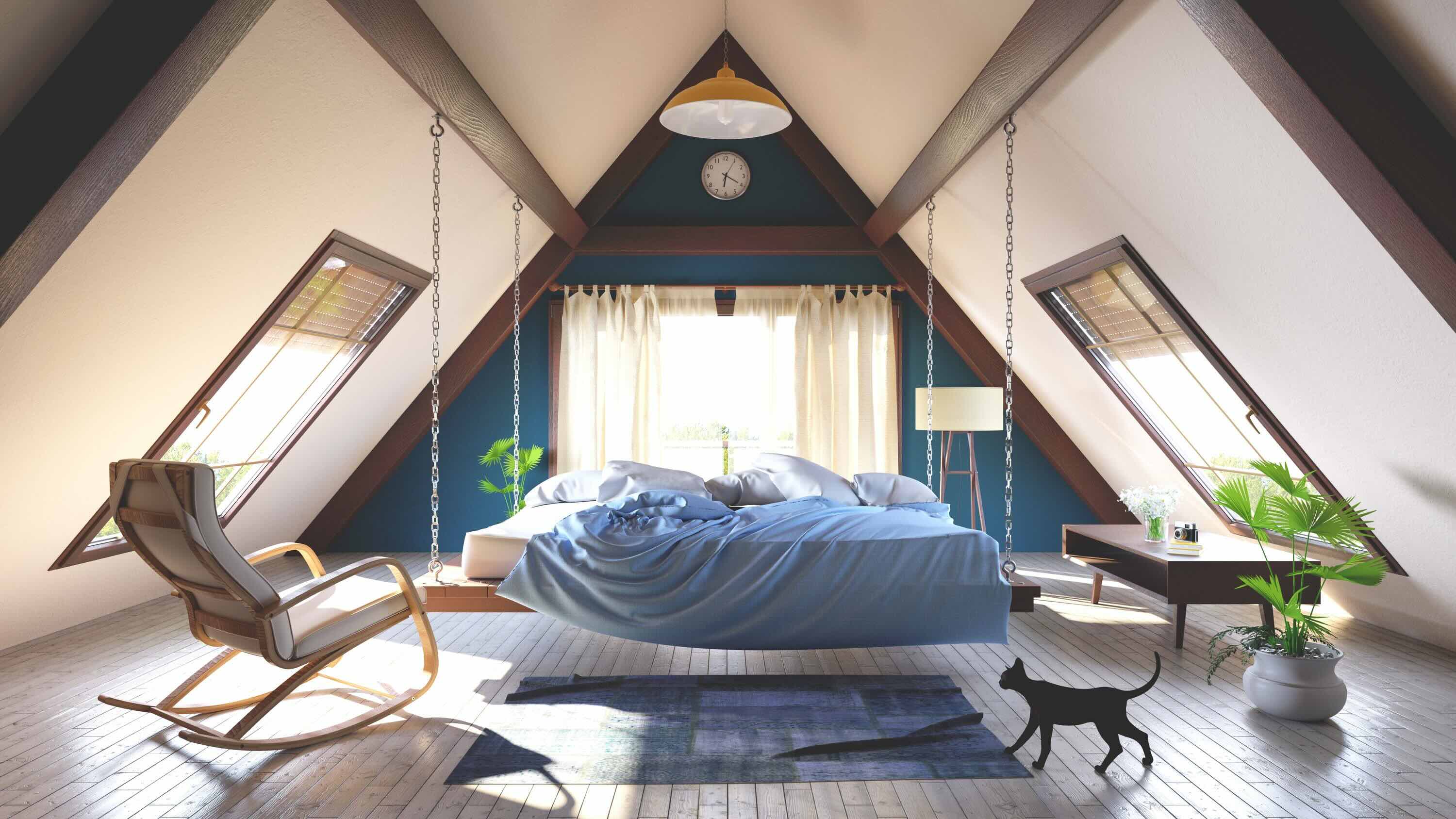
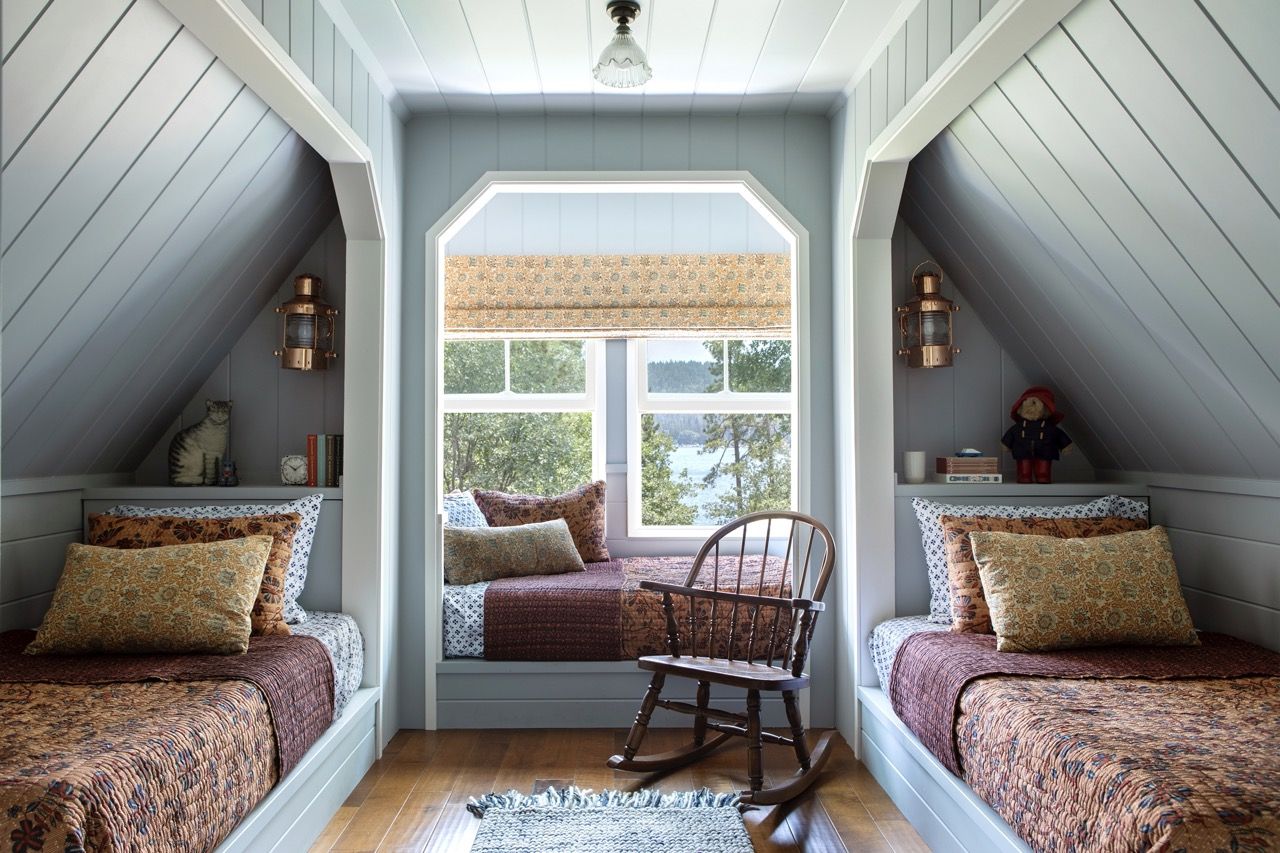
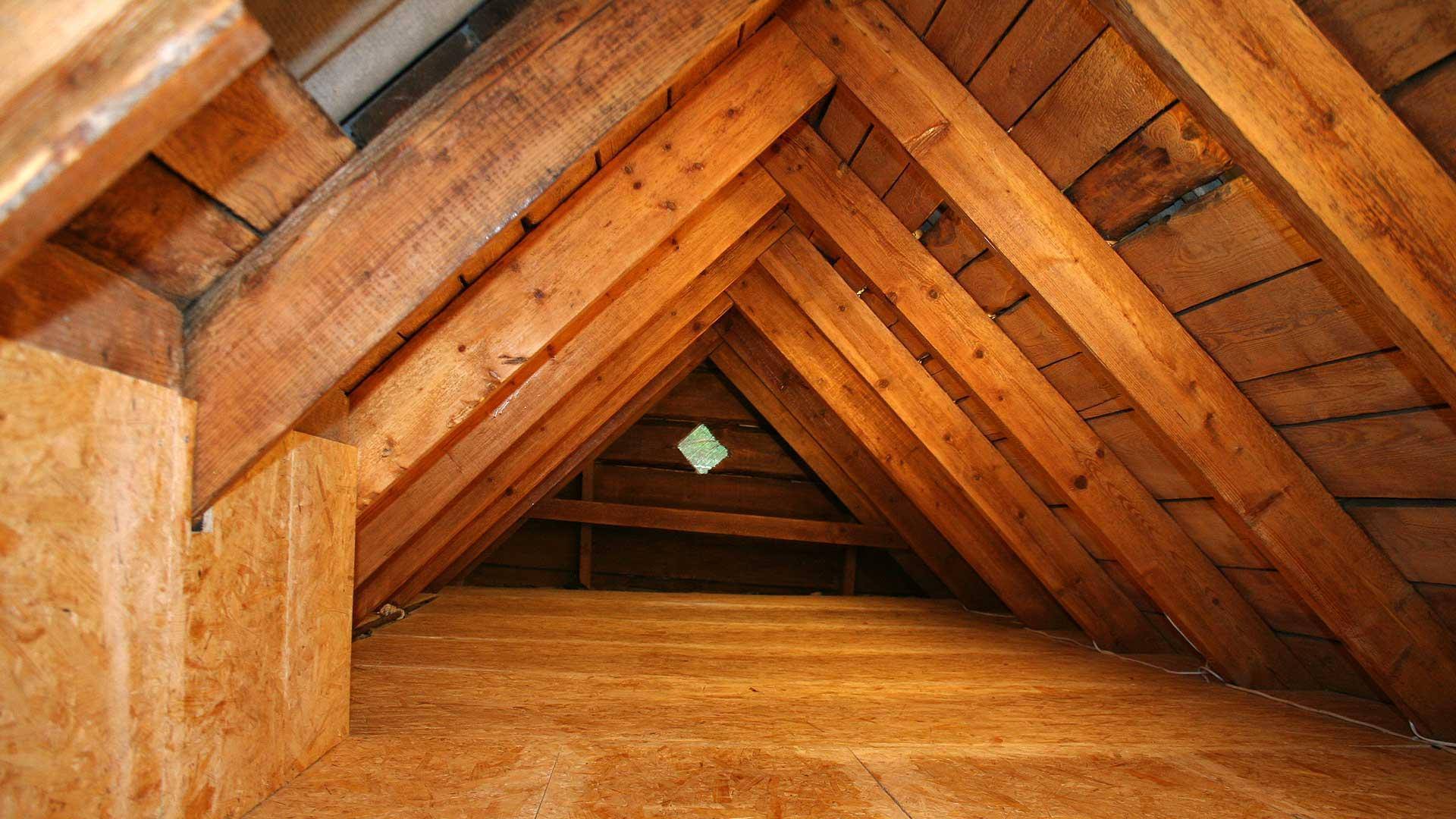
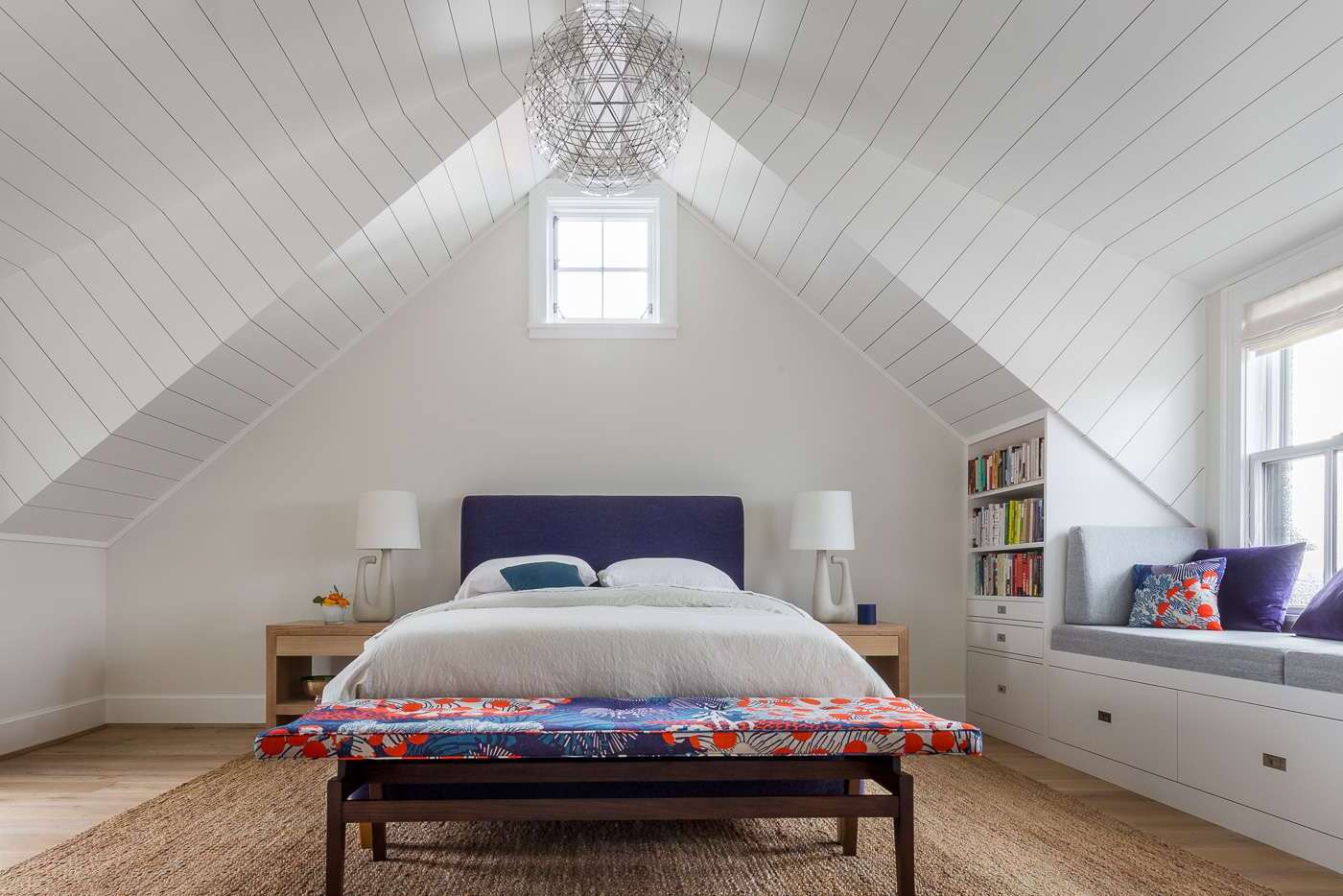
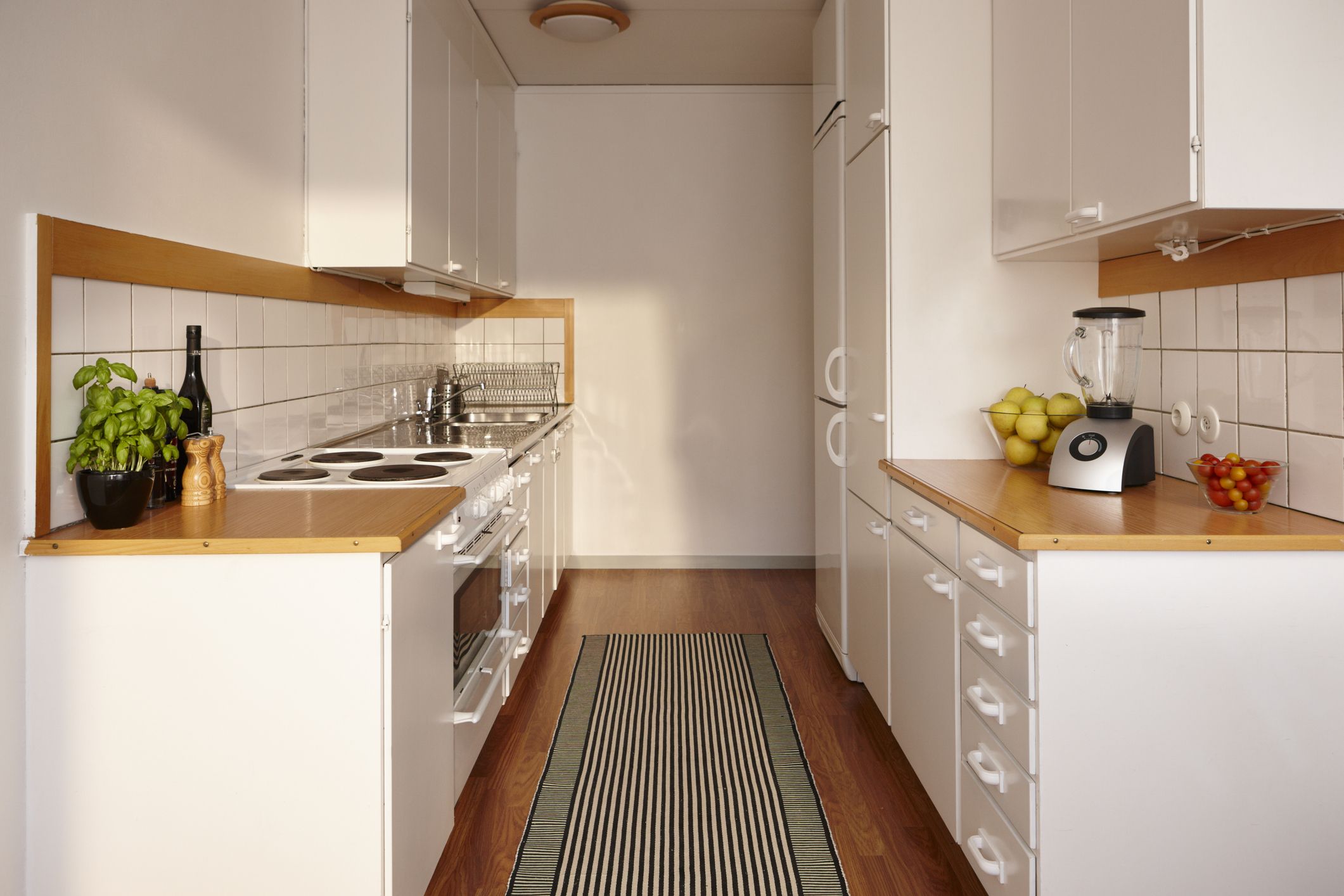
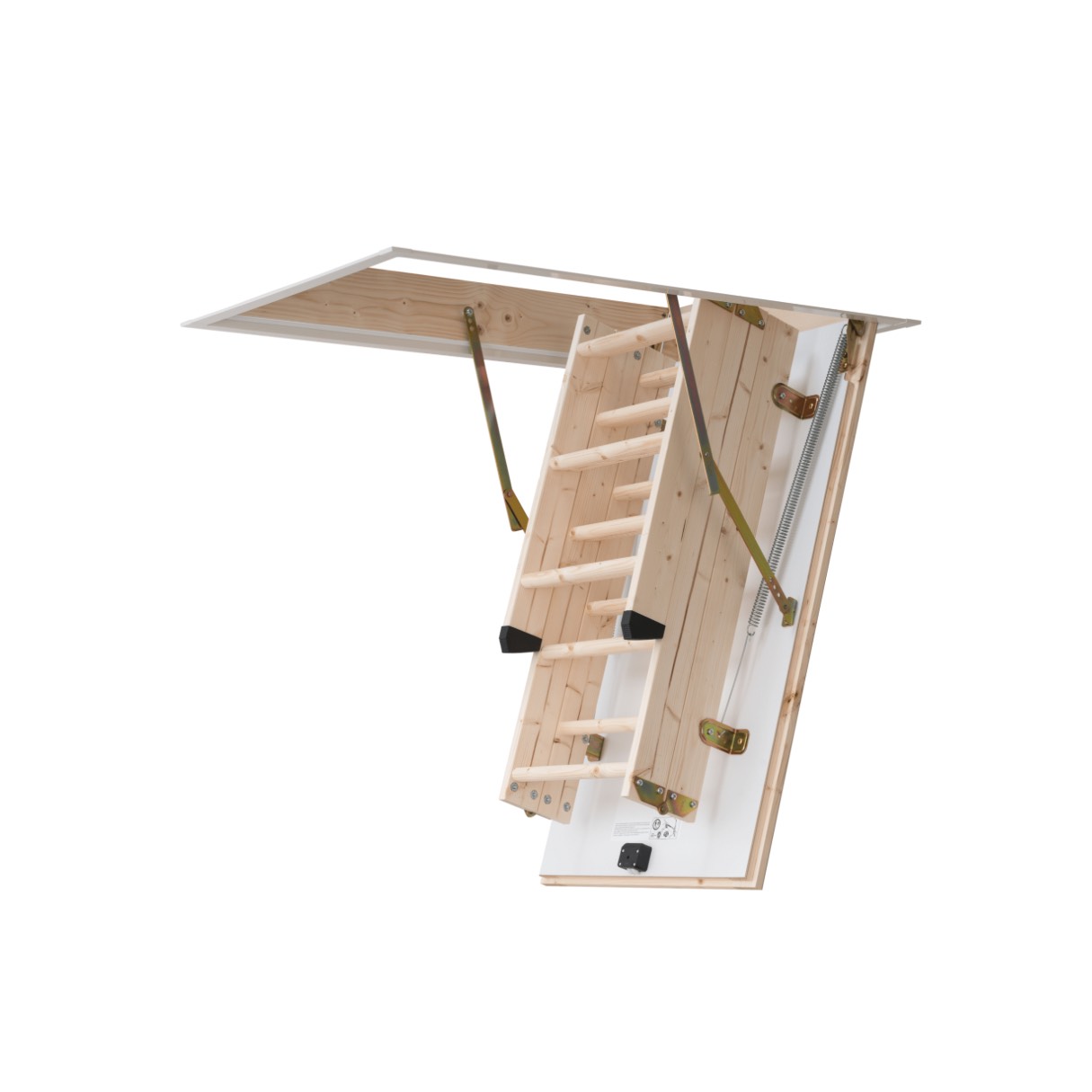
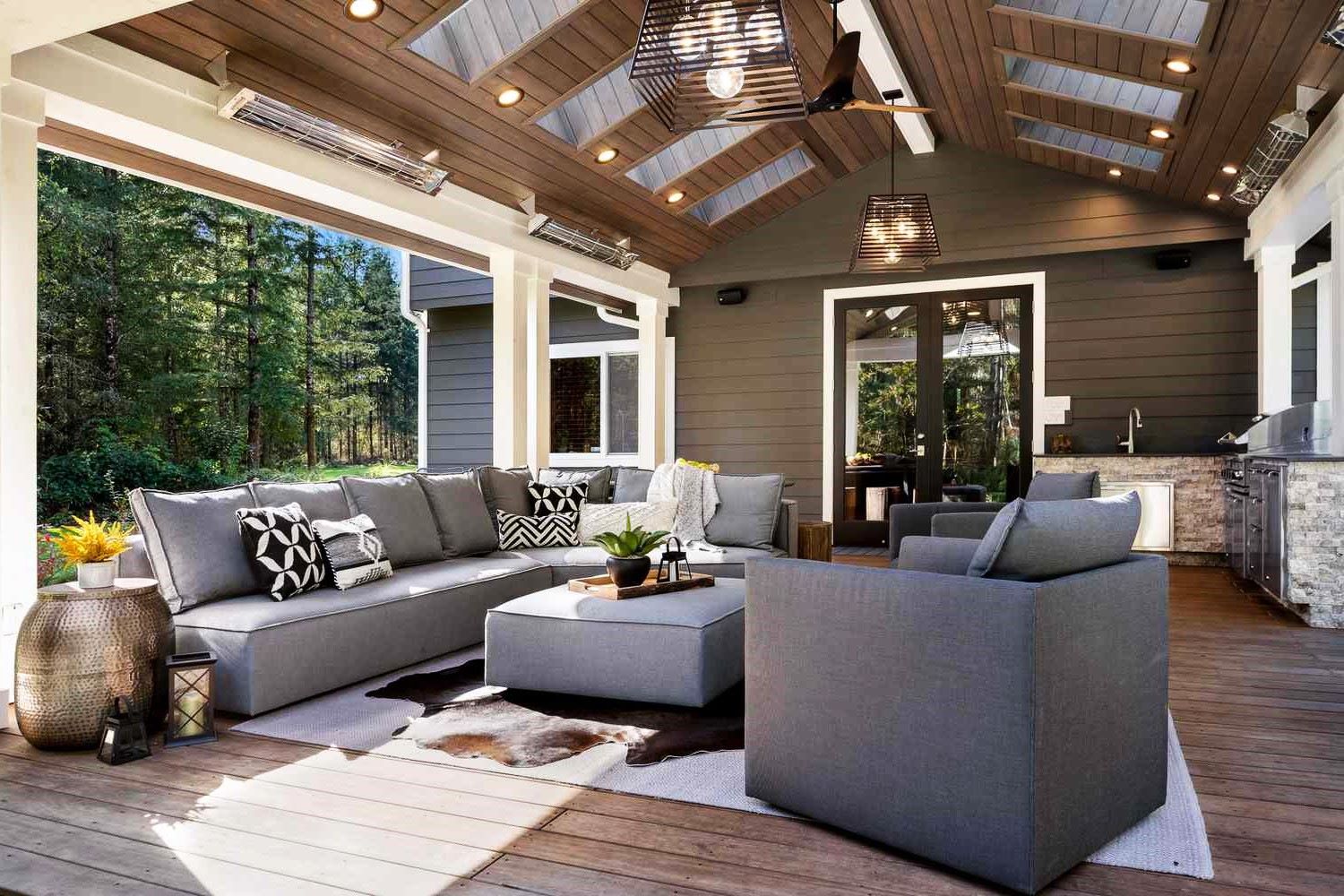
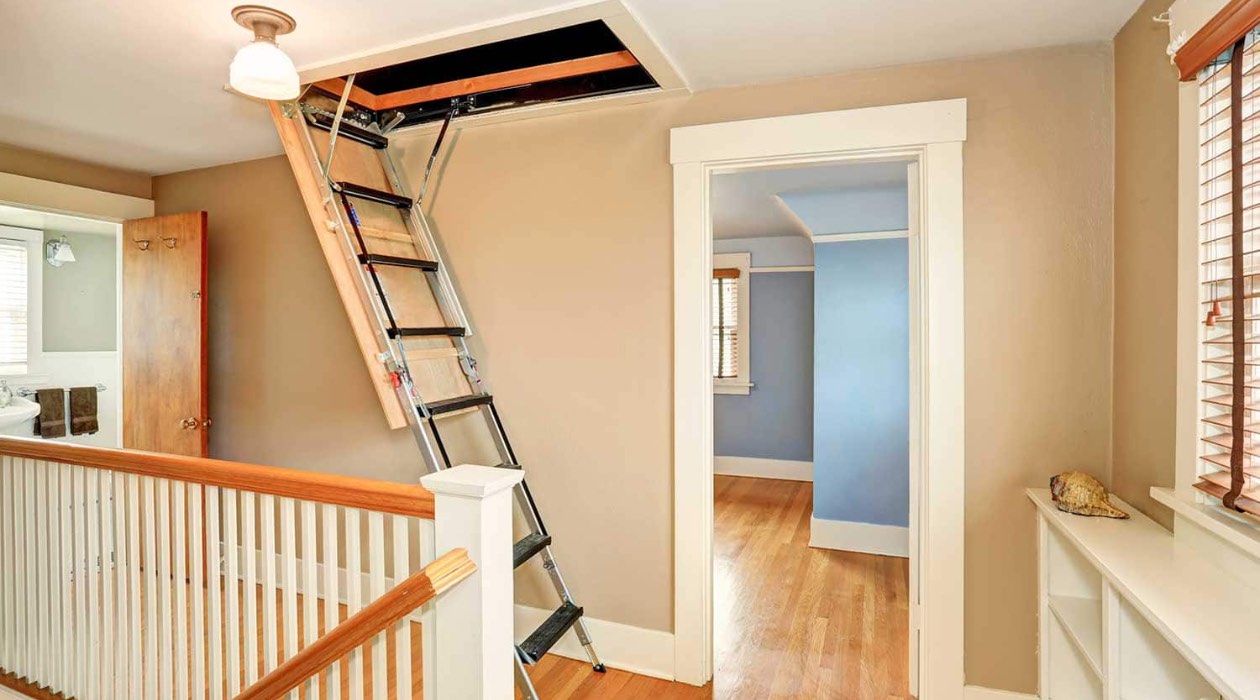

0 thoughts on “Attic Bedroom Conversion Tips to Transform Unused Space”